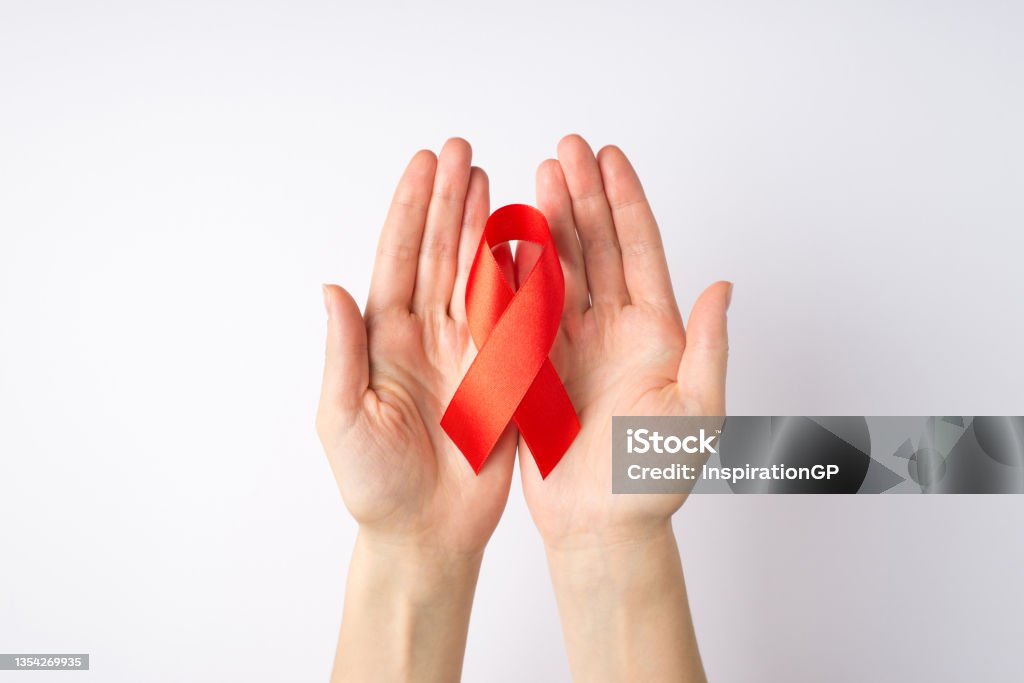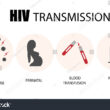HIV prevention
Protecting Yourself: Crucial HIV Prevention Techniques
The Human Immunodeficiency Virus, or HIV, continues to pose a serious threat to international health. But there’s positive news! The risk of HIV transmission can be considerably decreased with effective techniques. The main methods for preventing HIV are discussed in this blog post: condom use, safer sexual behaviour, pre-exposure prophylaxis (PrEP), and needle exchange programmes.
Table of Contents

Safer Sexual Practices: The Power of Choice
Using safer sexual practices is essential to preventing HIV. Here are some important things to think about:
- Reduce the number of sexual partners: Cut down on the number of partners you have for sex: Having fewer partners lowers your risk of exposure.
- Ascertain your spouse’s HIV status: Making educated decisions is empowered by getting tested and urging your partner to do the same.
- Mutual monogamy: There is substantial protection to be gained from continuing a dedicated, monogamous relationship with an HIV-negative partner who is likewise monogamous.
HIV prevention The best defence against HIV and other sexually transmitted diseases (STIs) is still abstinence from all sexual activity. On the other hand, safer sexual behaviour is essential for those who wish to engage in sexual activity.
Use condoms as your defence against infection.
A highly successful barrier technique to stop HIV transmission is the use of condoms. What you should know is as follows:
- Condom types: Both female and male condoms, known as internal and exterior, are widely accessible. For the best protection, select the type that feels most comfortable and make sure it fits properly.
- Use of condoms correctly and consistently is essential: Learn the correct ways to wear, take off, and discard condoms.
- Additional layer of protection against other STIs: Condoms provide protection against other sexually transmitted infections.
Recall that while condoms cannot prevent all HIV transmission, when used appropriately at every sexual encounter, they greatly lower the risk of HIV infection.
Pre-Exposure Prophylaxis (PrEP): An Effective ally
In terms of HIV prevention, pre-exposure prophylaxis, or PrEP, has recently changed the game. This is how it operates:
- medicine: To prevent HIV infection, PrEP entails taking a specific medicine every day. When taken regularly as directed by a healthcare professional, it works best.
- Who stands to gain: For persons who have a high risk of contracting HIV through sexual contact—such as those who have several sexual partners or an HIV-positive partner—PrEP is advised.
- Effectiveness: PrEP can cut the risk of HIV from sex by up to 99% when taken regularly.
It’s crucial to remember that PrEP should only be used in conjunction with safer sexual practices because it does not prevent other STIs.
Reduced Injury to an At-Risk Group: Needles Exchange Initiatives
One important tactic to stop HIV transmission among drug injectors is the implementation of needle exchange programmes, or NEPs (PWID). This is how they function:
- Access to sterile needles: NEPs offer injectable supplies and sterile syringes, lowering the possibility of sharing infected needles, which is a key way that HIV is spread among PWID.
- Harm reduction strategy: NEPs are more than just needle exchange programmes. In order to assist PWID in minimising overall harm and enhancing their health outcomes, they frequently provide counselling, referrals for addiction treatment, and other forms of assistance.
- Decreased rates of transmission: Research indicates that NEPs successfully lower HIV transmission among PWID without incentivizing drug usage.
NEPs are essential for safeguarding PWID’s health and stopping the spread of HIV in this population, despite the negative opinions of some.
A Diverse Method for Preventing
There is no one-size-fits-all approach to HIV prevention. The best strategy blends different techniques according to specific situations. Through the implementation of safer sexual behaviours, condom usage encouragement, increased accessibility to PrEP, and support for NEPs, we can effectively lower the risk of HIV transmission and move towards an HIV/AIDS-free future.


